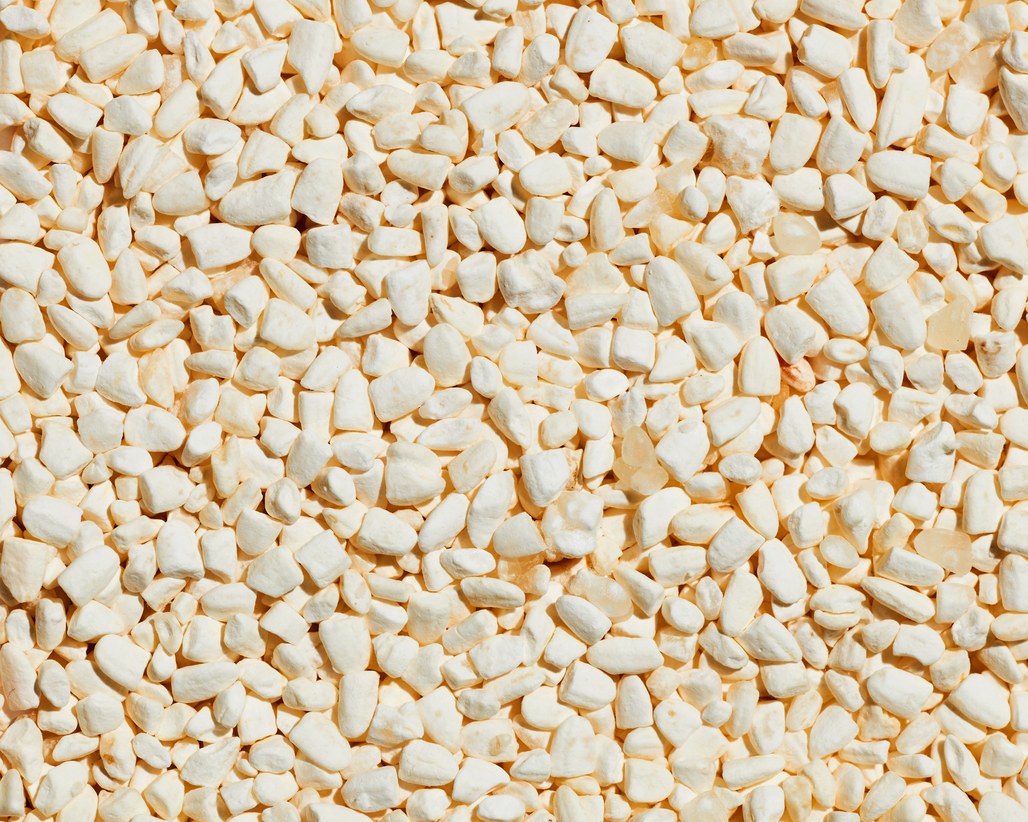Submitted by GAtherton on 14 December 2016

In some parts of the world Aspergillus oryzae has been used in food for thousands of years to make products like soy sauce, bean paste, vinegar and to ferment several different kinds of alcoholic drinks. Thanks to the influence of inventive chefs and their search for new tastes it seems to be becoming more popular in western countries too as a provider of the ‘new’ umami flavour. This article is a recipe to treat chicken with A. oryzae (known as Koji) prior to cooking to add umami flavour.
NB it is worth pointing out that this recipe uses live Aspergillus albeit a species known not to be pathogenic as it has been domesticated for thousands of years. That said anyone who knows or suspects they are sensitive to Aspergillus should probably give this a miss!
At some of the most inventive restaurants in the country, there’s mold in the food. (Stay with us here.) And it’s making everything it touches taste distinctly, shockingly delicious. We’re talking about Aspergillus oryzae, also known as koji, the same mold that transforms soybeans into umami-packed Japanese staples like miso and soy sauce. Chefs are buying rice that’s been inoculated with the mold and then dehydrated, and are using those kernels (also known as rice koji) to do everything from cure meats to season sauces. A quick science lesson:
Koji produces enzymes that convert the starches in grains and vegetables into simpler sugars and also break down proteins in meat, producing ultrasavory glutamic acid. At Sardella in Clayton, MO, chef Nick Blue rubs whole chickens with rice koji and chills them overnight, letting those enzymes work their magic. The koji makes the meat more tender and the skin crispier and darker, lending the chicken notes both sweet and savory. “You can’t put your finger on it,” Blue says. “It has this back-of-the-mouth flavor, the kind that has you saying, ‘I’m not sure what that is, but, man, I want more of it!’”
For the recipe and the full article go to bon appetit
News archives
-
Title
Date


